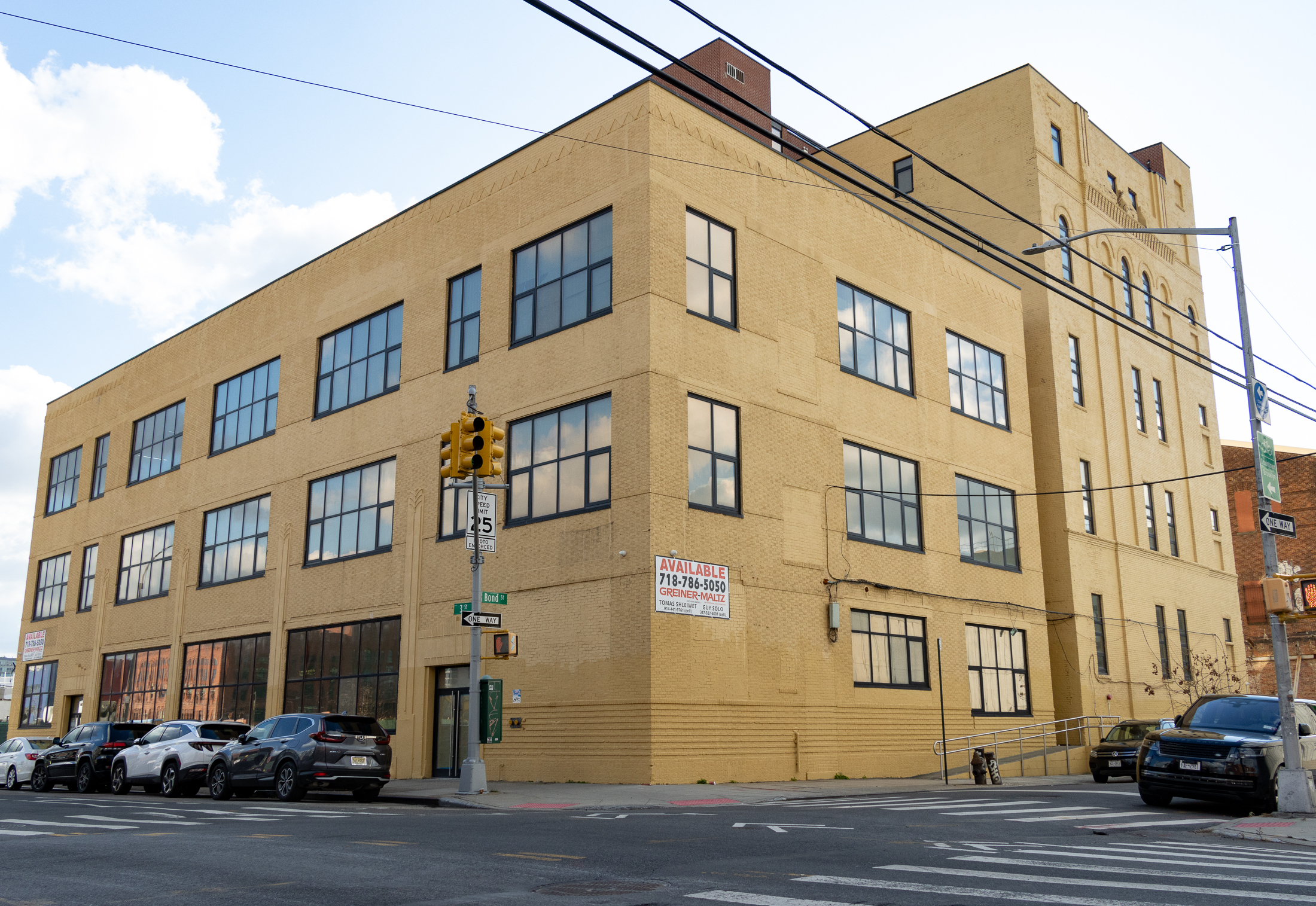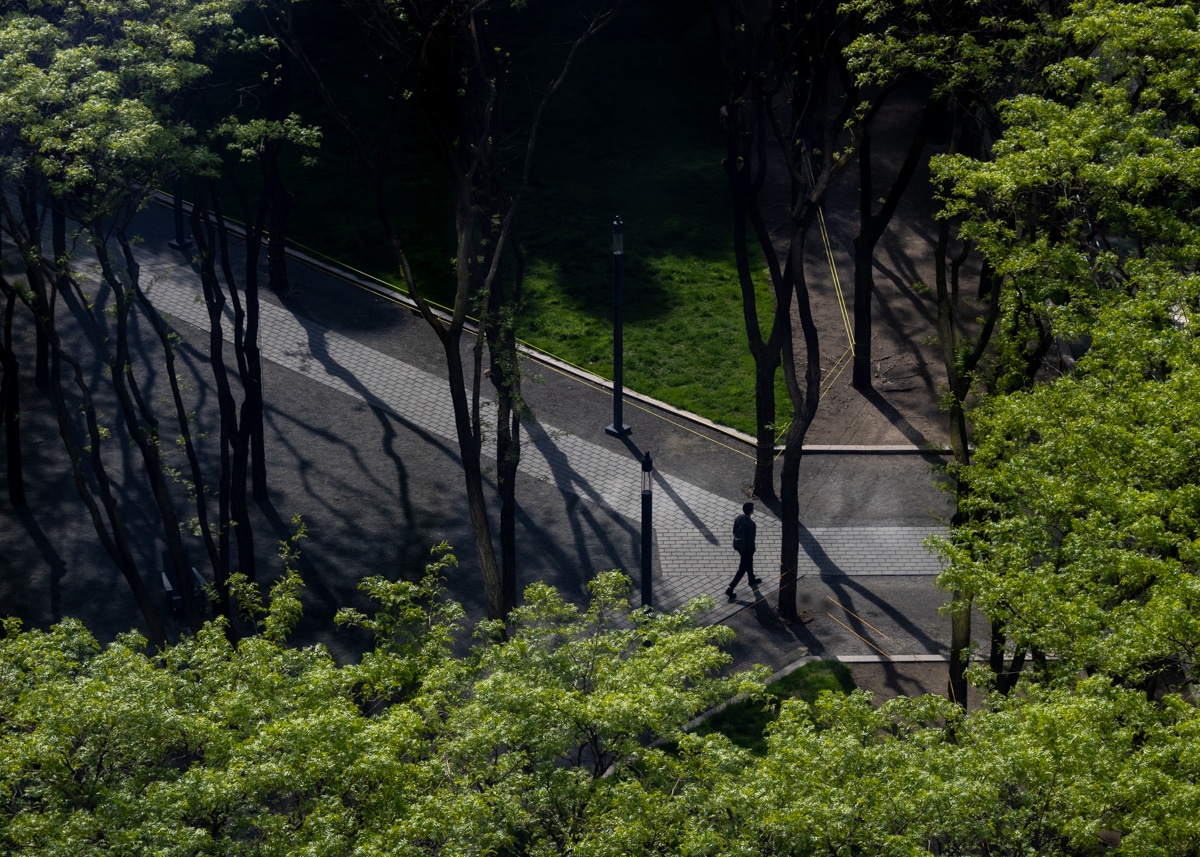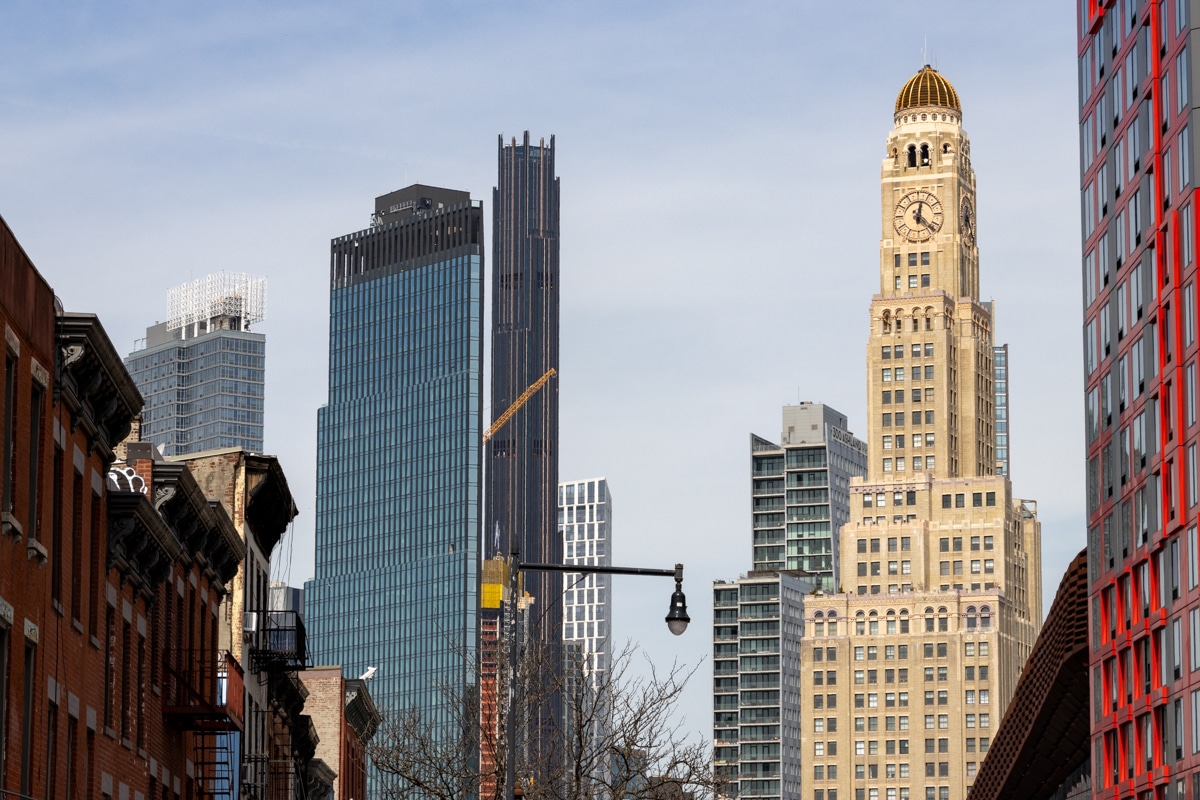Architecture: The Kindness to be a Little Boring?
A reader sent us this excerpt from Alain de Botton’s 2006 book The Architecture of Happiness and we thought it was interesting in light of the building boom in New York City and the rise to prominence of the star architect in our culture in general: Though we tend to believe, in architecture as in…


Though we tend to believe, in architecture as in literature, that an important work should be complicated, many appealing buildings are surprisingly simple, even repetitive in their design. The beguiling terraced houses of Bloomsbury or the apartment buildings of central Paris are assembled according to an unvarying and singularly basic pattern once laid down in forceful municipal codes. Over generations, these codes prevented architects from using their imaginations; they hand-cuffed them to a narrow palette of acceptable materials and forms, and, like the institution of marriage, restricted choice in the name of delivering the satisfactions of restraint.
That building codes have disappeared in many cities, and the modest ordered but satisfying edifices along with them, can be traced back to a perverse dogma which overtook the architectural profession in the Romantic period: a faith in a necessary connection between architectural greatness and originality. Over the nineteenth century, architects came to be rewarded according to the uniqueness of their work, so that constructing a new house or office in a familiar form grew no less contemptible than plagiarizing a novel or poem.
The emphasis on individual genius had the unintended effect of tearing apart the carefully woven fabric of cities. ‘A day never passes without out hearing our architects called upon to be original and to invent a new style,’ observed John Ruskin in 1849, bewildered by the sudden loss of visual harmony.
Few architects have listened. A commission for a house or an office remains an opportunity to reconsider from first principals the design of a window frame or front door. But an architect intent on being different may in the end prove as troubling as an over-imaginative pilot or doctor…The architects who benefits us most may be those generous enough to lay aside their claims to genius in order to devote themselves to assembling graceful but predominately unoriginal boxes. Architecture should have to confidence and the kindness to be a little boring.
Do you agree with this? Are there any recent buildings in Brooklyn that you think Monsieur de Botton would like? Any architects you can think of that would do well to heed Botton’s advice?





1:22 tell me then why a disproportionate number of what are considered important architectural achievements have been built in banking or commercial centers. Also, do you have an alternative form of accessing money in mind once the banks are banned or should we move on back to barter. Moron.
RE: Polemicist
It has nothing to do with the banks. The bank will underwrite to the rent that building’s units can achieve versus the maintenance costs, the NOI. They don’t care if the building is built out of marble versus cinder blocks.
If you want better architecture, you need a shift in consumer behavior. Americans must demand higher quality buildings and developers have to accept a slightly lower fee / equity return.
Also, better architecture would definitely benefit from lower construction costs and better government admenities in urban areas.
Yes, Ezra Pound was quite outspoken on the subject of the, ahem, “usurers.” The Axis were quite taken with his critique.
As long as banks cannot qualify or quantify the value of aesthetic beauty, bland design will continue to permeate our society. As Ezra Pound taught us, this is the reason usury and the rich artistic tradition of the world’s civilizations are vastly at odds.
Do you want beauty to return to the world? Ban the banks, advocate a currency fixed to the value of a commodity index, and eliminate all forms of usury.
I read de Botton’s book — there’s much to recommend in it.
you know – it always amazes me how architecture seems to engage the most diverse people. Everyone has an opinion on it – even more so than social security reform, affirmitive action, war on iraq, ect.
maybe there’s something really basic about the connection between architecture and how people see society.
He raises an interesting question that we used to discuss here quite often – questioning the design choices in new residential construction. Fedders vs something better.
The design constrictions mentioned in Bloomsbury London also make blocks like South Portland a landscape of repeated shapes and detail. Is that a bad thing? I don’t think so, especially when paired with nearby blocks full of eclectic styles and ornament. All together they form a beautiful and interesting neighborhood.
I agree with Zach, we need a new Arts and Crafts movement, with innovative, modern, and totally new ornament and design can enliven what are basically universal shapes. Let’s face it, on a 20×100 city lot, there is only so much variation available to the basic structure that corresponds to city building codes, and to the lives we lead.
We squash artistic talent, and limit creativity in the guise of keeping on budget and cost cutting, but those have always been constraints no matter what the time, yet the builders of old have always managed to include some ornament and beauty to even the meanest tenement, because it really is important to us as human beings.
I don’t want to condemn all new building – in a way, the argument for new buildings is being made every day, so it just seemed relevant, in a polemical spirit, to argue the contrary and point out just how much repetition can be a feature of satisfying architecture.
Alain de Botton
This passage could not have been written in 2006 as the exact same passage appeared on my 1986 SATs!
Holy Boring Batman!